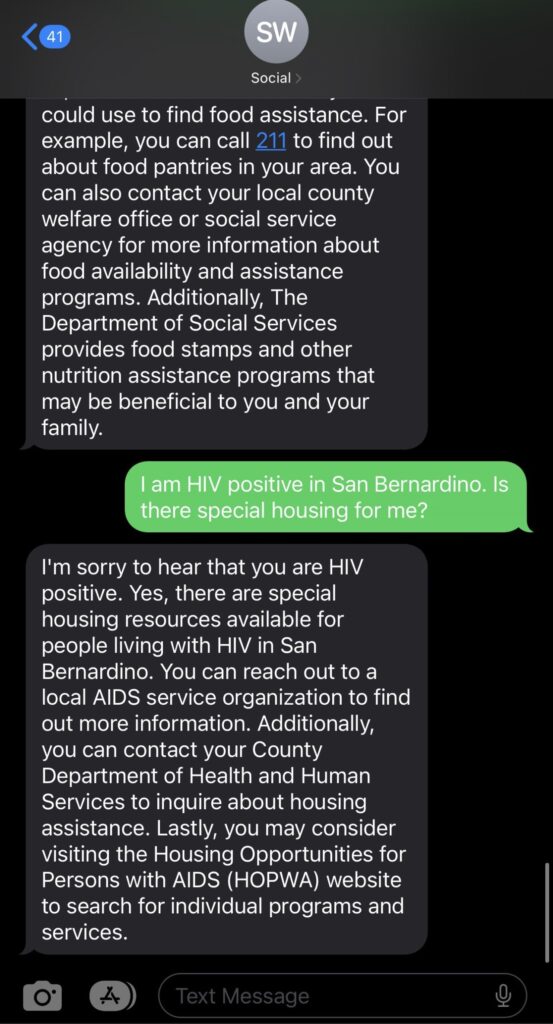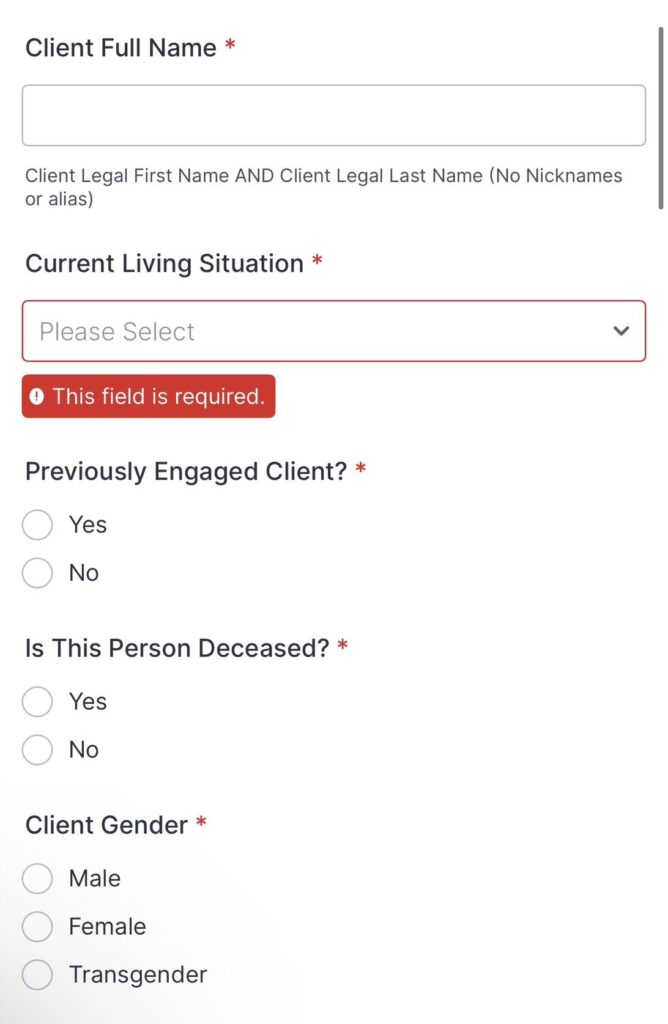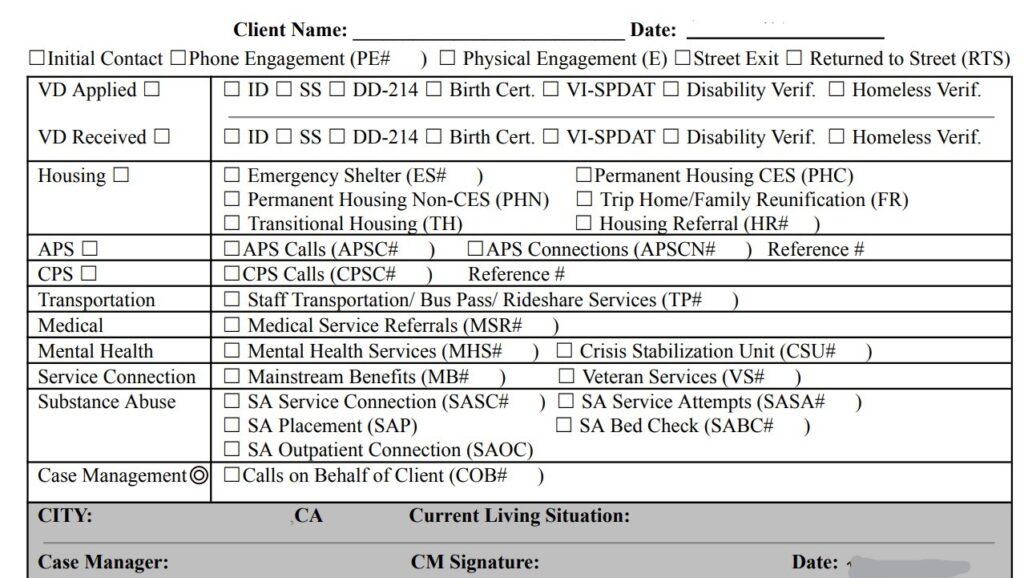The homeless population is not a monolith, but issues with mental health and substance abuse typify them. Additionally, their lack of stable housing makes them change locations from one area to another often within the same municipality, but out of reach of social workers clocking in during a set number of hours.
Life tends to take place at different hours for these vulnerable individuals. The solution is not yet another shift of personnel half-heartedly engaging with a hotline since workers represent a cost that most governments cannot withstand. It’s also not the case we need one more corporate entity to sell yet another overpriced and clunky product.
Instead, automation that uses advanced GPT solutions – for free or a limited cost depending on who maintains such a solution – could offer the ability to triage homeless population needs. Specifically, governments need to focus on triaging the most basic queries received from homeless and non-homeless, but precariously positioned, individuals. This would offer first line of defense for connecting individuals with basic information about services around addiction and mental health in their local county.
Why Would People Experiencing Homelessness Prefer an AI Chat?
In most homeless outreach organizations, no solution that involves automation and #AI will be total. The need for precision in some interactions will always supersede and guarantee a hybrid scenario where human workers handle the complex edge cases and machines take on the rest under supervision.
We have to look at the issue of automating basic FAQ interactions from the perspective of the individual soliciting the information.
Here are some of the reasons a homeless individual may prefer to use an automated AI to get basic information:
1.) Privacy: An AI Agent relaying information from a set of dense government documents does not snap back or make intrusive inquiries. It just asks for clarification and obeys the caller. In this exchange, an individual can offer sensitive information about their disability, and receive an immediate response on housing available.

2.) Consistency: Updating a single AI bot with a change of policy and information is a lot more scalable than retraining tons of staff on documents they may remember incompletely. Retraining on policy is quite distinct from personal engagement with a recipient of care.
3.) Anonymity: Many staff members operating in the social services space actually develop personal relationships – and biases – towards the potential recipients of care. This could lead to intentional obfuscation of services made available. Remember, a bot only relays information. A bot does not care that John Doe was recently a recipient of the same care, but it can certainly log information if needed for the long-term benefit of the caller and community.
4.) Efficiency: To replicate what an AI can do in a text-based hotline, would require 3 shifts of workers providing live customer service. Instead, if a bot undertook the basic engagement round the clock, these individuals would likely better spend their time analyzing troublesome interactions and fielding the usual 9am-5pm shift.
In short, some questions can be answered a lot easier through an automated interaction for people not yet ready to engage a person during their time of need. This is not a conjecture on my end. The conclusion actually borne out from engaging with different levels of homeless outreach workers for several months.
Background On California Homelessness & Outreach
In 2021, I participated in augmenting the technical operations of a homeless services outreach group that dealt squarely with high need populations. These groups suffered from a range of co-morbodities that necessitated constant human engagement and short-term and long-term monitoring.
This organization’s track record on an interpersonal level was high, but their efforts to conserve data and use it proactively were non-existent. In general, homeless individuals’ records were transcribed into some digital document, but they were not necessarily available for analysis. They were transcriptions of interactions recorded in an irregular way.
Please note, an organization can be electronic but not digitized; experiences, personal records and legal documents, were scattered across different formats, scans of paper records and personal devices. As a rule, if important content touches pen and paper, the organization is not digitized, let alone tech savvy.
Organizationally, there needs to be prioritization of inter-operability between groups of workers; there was no drive for uniformity and consistency necessary to have when undertaking any type of systematic restructuring of an organization’s knowledge and services. In short, there was no data gameplan and very little in the way of technology.
Jotform – the 15 minute interaction
In most places, homeless outreach is somewhat ancillary to the core institutions. By its nature, homelessness is supposed to be temporary and possible to eliminate. However, its intersection with drug addiction, the slowness and cost of government workers and the lack of a coordinated plan at all levels of government, leads to a fragmented approach across municipal and county governments. This dynamic leads to the work of homeless outreach being outsourced with very little oversight or quality control.
One major pain point for most homeless organizations is the need to preserve field interactions with the homeless. These are routinely lost due to sloppy documentation, personnel change, fatigue and a lack of consistent prioritization of which data is truly valuable from government to organizations down to the actual field surveyor/case manager. Thus, we created a webform in Jotform initially with the help of Andres Vega Lozano, the founder of the Hybu Consultancy Firm in Colombia, who had experience in developing no-code solutions for other organizations.
Mobile Form
After months of discussing with an eclectic group of individuals the ideal experience from both the perspective of the outreach worker, management and the homeless individual, we standardized a web form that would work on mobile and transpose the information on a PDF document. You can see a templated form that can act as a first reference for your outreach needs here.
Generously, the JotForm survey and app platform dropped their rates to something more accessible to a non-profit. At the time, the annual rate Jotform charged was under 1000 a year for a HIPPA grade form that could be integrated to Google Sheets. With a powerful HIPAA grade process, an agreement between Google and the end user of their Google Sheets product is necessary to make the entire solution and process HIPAA compliant.
The form recorded basic interaction data, like date, name, living situation and summaries that described the homeless person. The form consisted of validation, as noted by the red asterisks. These are required fields per Jotform guidelines. These are easy to make and difficult to maintain in our experience. Nonetheless, the simplified front end allowed the organization to create legitimate PDF’s and also feed a Google Sheet database. All of these tools are freely available for any other homeless non-profit to develop.

The PDF generated looks something like this:

Later, specialists Economics, Natalie Osorio and Lina Vega and Psychology, Quetzalli Solis, were enlisted to evaluate the data that logged interactions in the JotForm tool. This work was in part done under the auspices of FINIT LLC. They were able to understand how time consuming a homeless interaction could be when undertaken by police officers and non social workers. Even at 45 dollars an hour, a social worker’s cost on the field is much quicker with a digitized web form that takes around 15 minutes to fill out.
At the same time, Natalia Rueda Castro performed a practicum for the University of Sergio Arboleda oriented towards Data Analysis and Data Science. Using Google’s workspace, she implemented a mapping solution that used JotForm’s geographic tags to display homeless populations, a free or much cheaper way to displace some of the functionality associated with ESRI, an overpriced geography tool that has found influence in many county governments.
In my view, the actual analysis of these documents and the lessons learn are the true value of digitizing social work. Streamlining processes leads to more consistent data snapshots. This is what has informed the prompt instructions created by Natalia Rueda Castro and available in our Social Worker Agent named ‘Gus’. Reach out to natalia@finit.dev for more information.
Database Design
Databases are sensitive things. For one thing, they need to be validated. Recording the right data in the right so as to establish ground truth about homeless specific events. This can often conflict with organizations need or desire to get things done quickly. However, one lesson learned is that all work is mandated to be digital, then a reduction in fraud, data loss and analysis becomes much more tenable. Controls were written in JavaScript, with data being uploaded into a PostgreSQL database or at the point of ingest from a Google Sheet. This work was very powerful on David Mata’s end with most of the source code being open sourced.
In Fall of 2022, Daniel Ledesma and David Mata both began looking at ways to create a coordinated Homeless Management Information System. Due to lack of investment, their work was cut short, but Ledesma and Mata were able to develop insight on how to manage a database full of sensitive information using Google Cloud Console.
One of Ledesma’s key contributions was in data cleansing and preprocessing. Recognizing the importance of data integrity and accuracy. Both Mata and Ledesma meticulously cleaned and prepared the dataset, ensuring its reliability for analysis. Through these efforts, Ledesma played a vital role in establishing a solid foundation for the project’s success. Utilizing their expertise in statistical techniques, Ledesma identified patterns and trends within the extensive datasets, enabling data-driven strategies to emerge. Their ability to extract meaningful insights from the data significantly contributed to the project’s overall effectiveness in addressing homelessness.
Conclusions
Our Jotform powered solution is still in use in homeless outreach today. These processes are relevant for any organization conducting outreach and in need of a solution that is HIPAA compliant. It is our responsibility to deploy this technology to as many users as possible since digitization is key for the preservation of important records, milestones and needs of the homeless. Otherwise, the lack of solid data leads to continued amounts of money thrown at bad solutions. This also increases transparency which is sorely needed in spaces where handwritten documentation is still relevant. Often times, handwritten documentation lends itself to fraud which digital timestamps can prevent. Contact us for more information on digitizing your homeless outreach organization. Or, dont, and simply use this free template from Jotform.
